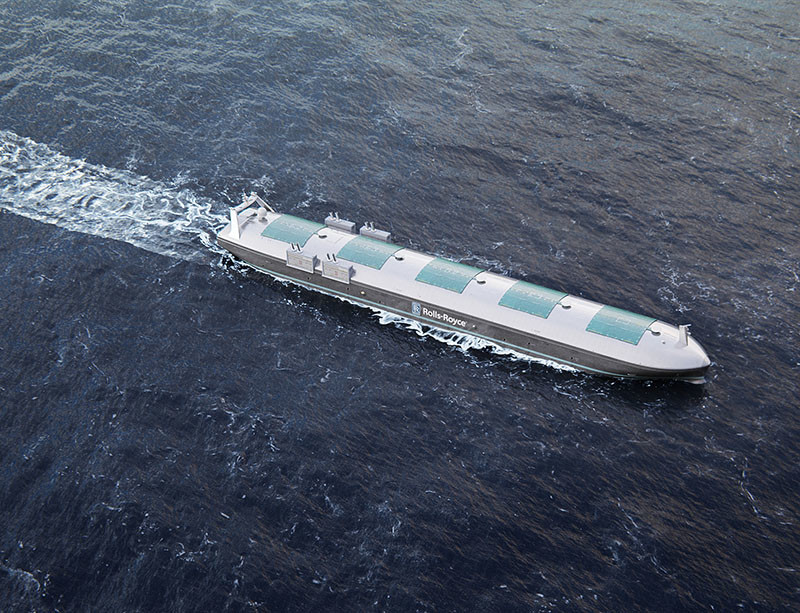With rapidly evolving autonomous technology spanning everything from advanced sensors to navigation systems, the maritime industry is embracing emerging technology for its cost effectiveness, safety, and fuel efficiency.
With recent advances in autonomous technology ranging from communication technologies to zero-emission autonomous ships, autonomy is affecting how the maritime and offshore industry operate.
COSTS
Crew-related expenses can account for up to 30% of a voyage’s cost. Without designated space and weight for crew quarters, provisions, and other amenities, autonomous ships are lighter, utilize a more efficient use of space and are less expensive to operate while having the ability to carry more cargo. While vessels may not be entirely unmanned, many autonomous systems are designed to be controlled from shore, which can still lead to significant savings on crew supplies and fuel. One study estimated one autonomous vessel could save over $7 million in costs over 25 years.
Rolls-Royce is developing autonomous systems that allow crews to remotely operate ships in international waters by 2025, with plans for autonomous oceangoing vessels by 2030.
SAFETY
With human error causing up to 96% of maritime accidents—most commonly due to fatigue—and 90% of the global trade handled by oceangoing vessels, autonomous systems have a significant potential to reduce shipping-related accidents. With emerging technologies in ship sensors, piloting assistance, and anti-collision alert systems, autonomy has the potential to reduce risk and protect crews.
Closer to shore, unmanned surface vehicles, already being tested by the U.S. Coast Guard, will allow operators to respond to spill events despite conditions or crew availability, reducing exposure to any potential toxins or hazards. The vessels would permit more widespread protection for marine resources and faster responses to any illegal or illicit activities as well.
Sea Machine Robotics is developing autonomous software that can be installed on existing vessels, allowing ships to read the environment around them, leading to safer and more predictable marine operations.
ENERGY
Approximately 1.68 billion tons of cargo are transported every year spanning 998 billion ton-miles. The autonomous ship market was estimated to be valued at $85 billion in 2020, and is projected to reach $165 billion within 10 years. With maritime shipping currently accounting for 3% of global emissions, autonomous ships have the ability to reduce emissions with lighter ships and less fuel, lessening their impact worldwide as the demand for the industry grows. The Yara Birkeland, the first fully-electric and zero-emission vessel, may also pave the way for a reduction in emissions that are currently inevitable on long voyages. Embracing autonomy in the maritime industry, something already being developed in other vessels like harbor tugs and submarines, may lead to minimal emissions, increased safety, and reduced costs as vessels traverse waters across the world in the near future.
Industries across the globe are adopting new autonomous innovations. Exploring these technologies will allow individual users, workflows, and entire organizations to maximize the opportunities that can lead to redefining industries.
More in-depth coverage of autonomous technology in the maritime industry on Workboat.com:




